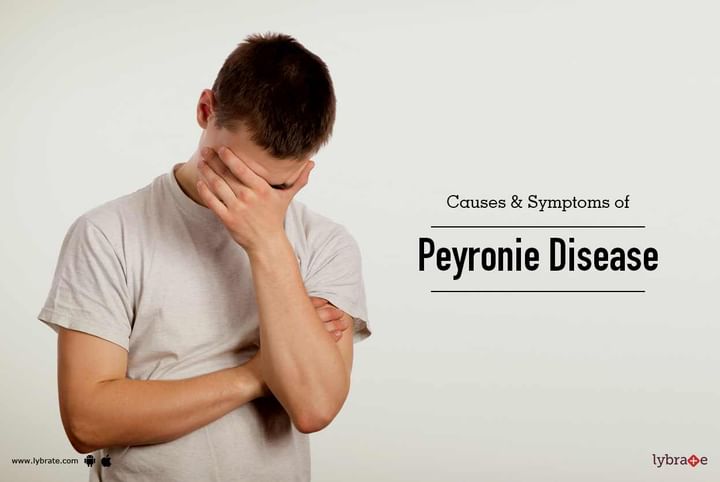Get the App
For Doctors
Login/Sign-up
Last Updated: Feb 08, 2021
BookMark
Report
Causes & Symptoms of Peyronie Disease
Dr. Pradeep AggarwalAesthetic Medicine Specialist • 16 Years Exp.MBBS, PGDUS, Fellowship In Aesthetic Medicine, Advance Course In Diabetes - USA, MD - Medicine
Peyronie's disease is usually associated with erectile dysfunction, severe anxiety and reduced testosterone levels. It is a problem predominantly found in 3-9% of adult men, especially after 40 years of age. In the disease, a scar tissue is formed in the outer layer of the penis called tunica albuginea.
It is not known exactly what causes peyronie's disease, however, there are some factors, which make it more likely than others. Here are those factors:
- Genes: genes are also a possible cause of peyronie's disease.
- Trauma: This is the most common factor which causes peyronie's disease. It is believed that when someone suffers from tiny bleeding of the penis, which is very common in patients of diabetes, the plaque starts to build up. The injury or trauma, which causes the bleeding may go unnoticed as well.
The symptoms of peyronie's disease vary, such as:
- Pain on erection: There is usually pain in erection during the initial phase.
- Scars: Tissue may form on other parts of the body, as well including the hand and feet. In fact, it has been said that men who have scarring in the hand, which affect the fingers are more likely to contract the disease as well.
- Bent penis: When the penis becomes hard before sex, it may bend downwards or sideways by more than 15 degree, so the vaginal entry becomes impossible or is painful for the partner.
Treatments available
- Wait and watch: It is worth noting the acute phase with pain is treated by wait and watch, controlling contributory factors like diabetes, low testosterone and psychogenic factors. Antioxidants are useful. Large number of cases are relieved of the pain in 1 to 1.5 years.
- Surgery: This is a last option when peyronie's disease has not gone on it's own and medicines are not helping either. The two most common procedures performed are removing the plaque and putting a tissue graft in its place and also removing the tissue opposite the plaque to counter the bending effect. The results are fairly good.Going for a penile implant is the last option, which is a permanent solution and is commonly done in India. And, the success rate for penile implant is also very high.



+1.svg)
